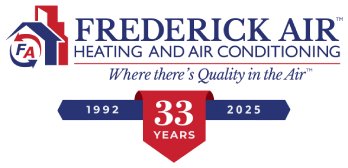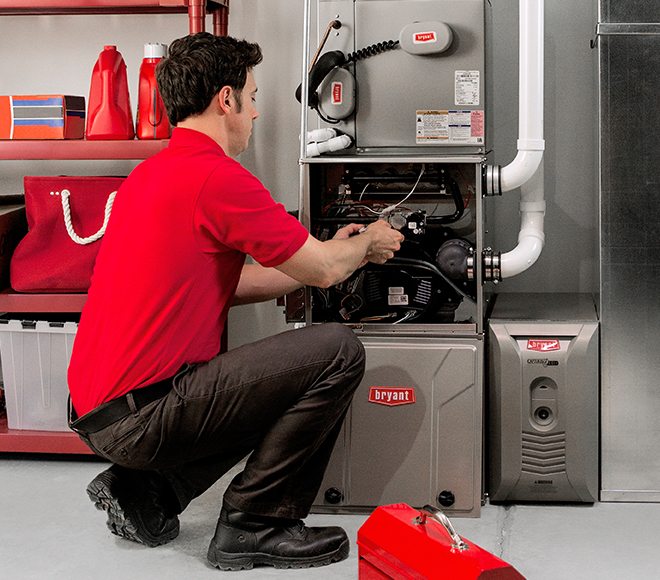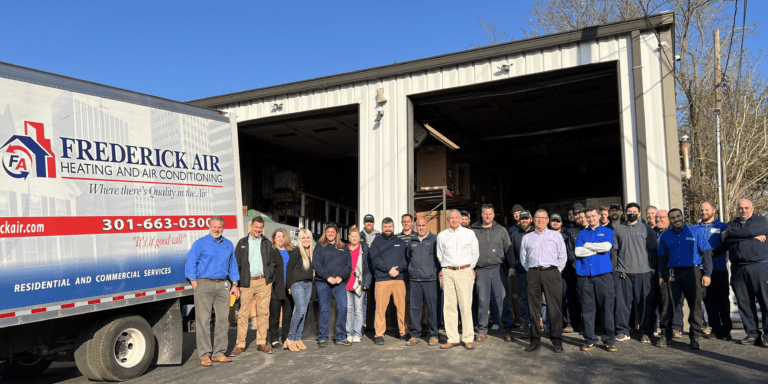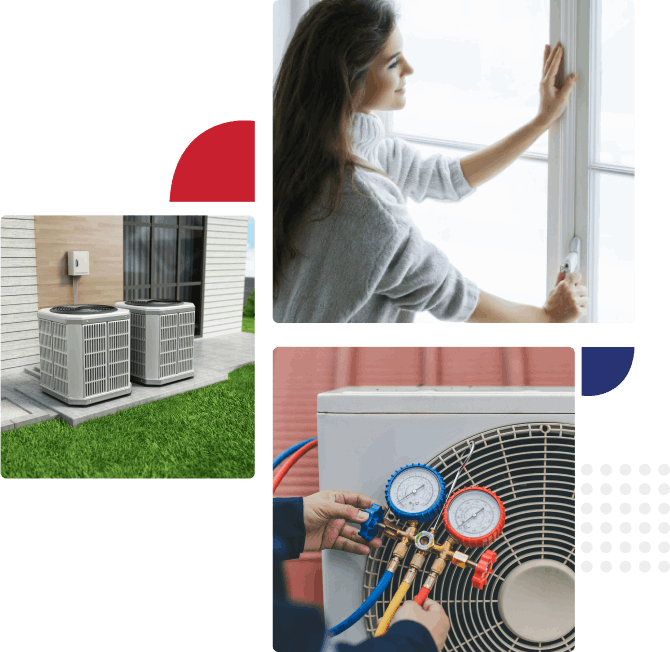
You may have noticed the emergency heat setting on your thermostat and wondered what happens when you hit that button. Before you turn the setting on, you should know that it’s called the ‘emergency’ heat setting for a reason and should only be used for emergencies, such as a faulty heat pump. Here are some things you should know about your HVAC system and why it has an emergency heat feature:
How an HVAC System Heats a Home
The HVAC system’s heat pump is an electronically-powered unit that extracts heat from the air outside your home in the winter months and uses it to create the warm air that circulates throughout the home. While the hot air’s primary source comes from the outdoors; auxiliary sources are sometimes needed when the outdoor weather is too cold. Basically, the heat pump loses its ability to heat and needs some help via electric heat coils or a fossil fuel furnace. This explains why heat pump systems have two parts; one inside the home to draw heat from a furnace or electric coils and another unit outside to extract heat from the air outside.
What Happens When the Emergency Heat Mode is Activated?
When the emergency heat is on, your heating system will shut down the heat pump and stop trying to extract hot air from the outside air. Bypassing the heat pump function will enable the home to use it’s auxiliary heat system; oil/gas furnace, or electric heat strip. If you have an electric system, this can become costly the longer you keep your heating system in emergency heat mode. Also, emergency heat wasn’t designed to replace your HVAC system’s primary heating function; it’s meant to keep you warm until the extreme cold passes or a technician has serviced a malfunctioning heat pump.
When Does the Emergency Heat Feature Turn On?
For your HVAC system to run most efficiently and cost-effectively, its normal operation will be to draw heat from the outside air and use that heat to distribute warm air through the home. Some thermostats are programmed to automatically switch to auxiliary heat systems when the temperature drops to a specific degree, usually 25°F and below. This is usually the point when the heat pump can’t draw sufficient heat from the outside air to warm the home. When this happens, you should notice that your HVAC system is in auxiliary heat mode due to the red indicator light or a similar method. Pay attention to this red light or message as it can also indicate a malfunctioning heat pump. Emergency heat is the same thing as auxiliary heat. The difference is that if the system automatically decides to use the back-up heat, it’s called auxiliary heat. If you choose to switch on the back-up heat manually it will be called emergency heat. Auxiliary heat will come on and off as needed, emergency heat will remain on until you deactivate the setting. Therefore, unless your heat pump is malfunctioning, there is no need to turn on the emergency heat feature.
Conclusion
Your heat pump is designed to be the lowest cost and most efficient method to heat your home. The emergency or auxiliary heat is one of the most expensive or least efficient ways to heat your home. While it is sometimes needed, using the back-up heat should be avoided to save money. It’s perfectly safe and effective to use your emergency or auxiliary heat, it’s just going to hurt when the electric bill shows up. If the emergency heat setting needs to be turned on manually in the case of a broken heat pump, consider calling your HVAC specialists to have the system evaluated and back online as soon as possible. No need to panic, a few days on emergency heat will not break the bank.
For more questions on your HVAC system’s emergency heat settings or for service requests, click here or call us at 301-663-0300.
For resources on energy bill assistance for low-income households visit dhs.maryland.gov.




